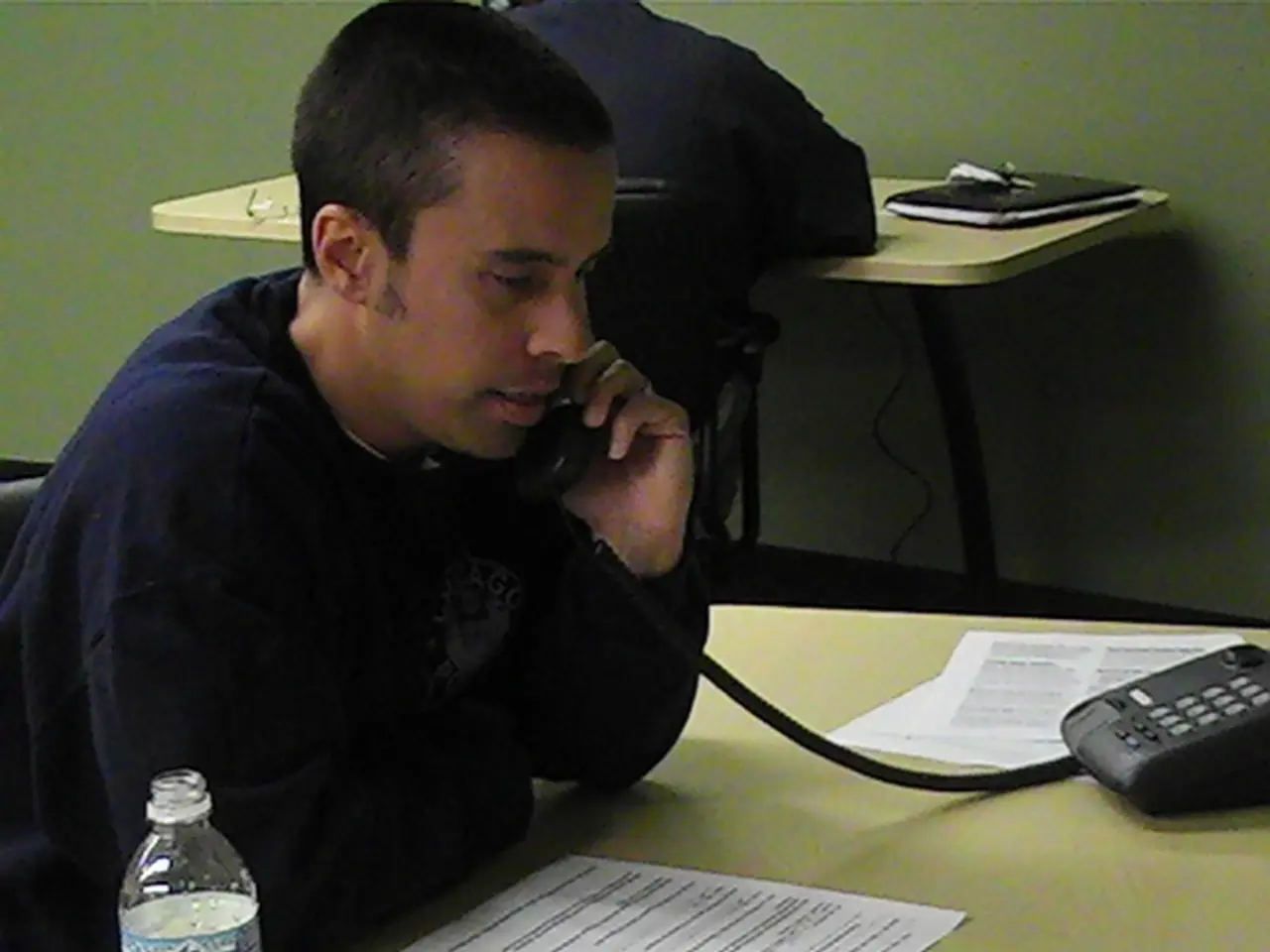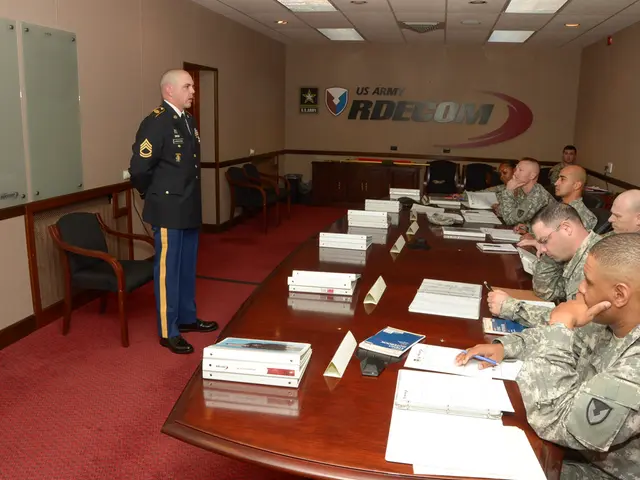Federal government's shift to remote work: A story of warning signs
The Mobile District, a key component of the Corps of Engineers, has undergone significant changes in recent years, particularly in the realm of telework.
Upon taking office, President Trump advocated for a return to traditional work arrangements, urging federal employees to return to their duty stations or face termination. However, the COVID-19 pandemic forced a different path. Federal agencies, including the Mobile District, were compelled to close their doors, prompting a rapid expansion of technological capabilities to support over 800 employees working remotely.
The pace at which these upgrades were implemented was remarkable. This period saw the Mobile District's main office operating from a GSA-owned facility with an annual rent of approximately $2.7 million. Tangible outputs such as lease renewals, alterations, lease payments, and military lease agreements provided measurable benchmarks.
Amidst this transformation, the former GS-15 division chief with the Corps of Engineers, Mobile District, retired on Sept. 30, 2020. Interestingly, this former leader had earned a Doctor of Education degree in 2011 from the University of West Florida, focusing on "The Effect of Organizational Culture on the Implementation of Telework in the Federal Government."
The extended teleworking led to a workforce that became increasingly dependent on remote arrangements. While some employees left the Mobile District for jobs as distant as Sacramento, Calif., others continued to reside in Mobile. This shift was not without its challenges, as many businesses reliant on federal workers struggled and failed to reopen due to decreased foot traffic and reduced sales during the period of extended teleworking.
For the executive branch, the issue was clear: taxpayers were funding millions of dollars in rent for empty office buildings while agencies struggled to justify ongoing teleworking policies. However, had federal offices gradually returned to pre-pandemic telework levels, allowing for occasional remote work rather than full-time arrangements, the transition might have been smoother, and employees could have retained some flexibility.
Research revealed a clear divide between senior leaders and staff employees in the Mobile District regarding telework. Senior leadership expected employees to report to the office five days a week and expressed little interest in remote work arrangements, while staff overwhelmingly supported teleworking.
In the Real Estate Division, where the former division chief served as senior chief, performance was easily tracked across multiple branches and sections. Despite the challenges, performance within the Corps of Engineers, specifically the Mobile District, improved during this period.
As we move forward, the debate around telework continues. A report by the Bureau of Labor Statistics (BLS) has linked remote work positively to total factor productivity (TFP) growth from 2019 to 2021. Agencies are now competing for employees by offering fully remote positions, signalling a potential new norm in the federal workforce.
This journey through the Mobile District's telework transformation provides a fascinating case study of how organisations can adapt and evolve in response to global events and shifting societal norms.
Read also:
- Understanding Hemorrhagic Gastroenteritis: Key Facts
- Trump's Policies: Tariffs, AI, Surveillance, and Possible Martial Law
- Expanded Community Health Involvement by CK Birla Hospitals, Jaipur, Maintained Through Consistent Outreach Programs Across Rajasthan
- Abdominal Fat Accumulation: Causes and Strategies for Reduction







